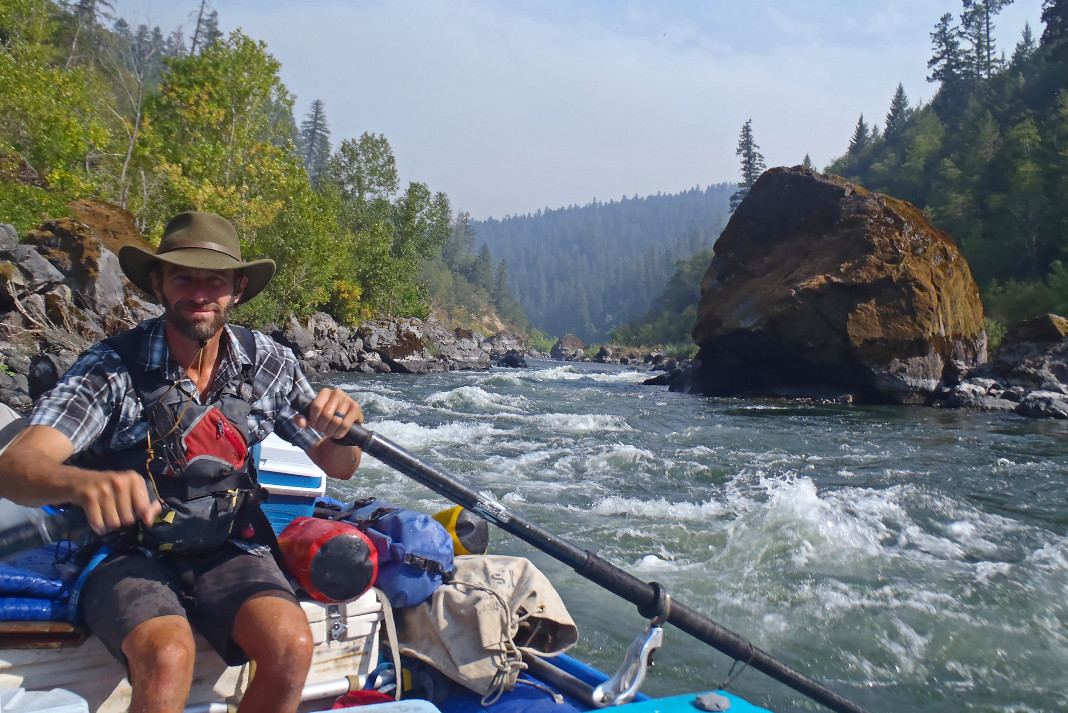Permits for the United States’ most iconic river trips are difficult to secure, and it’s no surprise why. Data from the U.S. Forest Service reveals more than 58,000 applications were submitted in 2023 for permits to four of the West’s top rivers: the Middle Fork of the Salmon, the Main Salmon, the Selway and the Snake River’s Hells Canyon section. However, only 1,069 permits were available.
Why you’re not winning the river permit lottery

Applications have nearly tripled since 2010 for those four rivers, according to reporting in The Colorado Sun, leaving boaters with increasingly long odds of securing a permit. The most competitive permits were for the Middle Fork of the Salmon River and the Selway River. More than 21,000 boaters applied for 373 permits to float the Middle Fork in 2023. Odds were bleaker on the Selway River, where 10,294 boaters applied for just 62 permits.
It’s competitive outside Idaho, too. In 2023, almost 12,000 boaters applied for 423 permits on the San Juan River in New Mexico and Utah; 11,209 boaters put in for 377 permits on the Green River in Utah; and 18,508 boaters applied for 293 permits on the Yampa River in Colorado.
Permit systems were adopted in the 1970s due to the increasing number of boaters on America’s wild rivers. According to U.S. Forest Service representatives on the River Radius Podcast, 625 private trips ran the Middle Fork in 1962. By 1971, the number rose to 3,250. In the 50 years since, applications have increased by almost 600 percent, while the number of permits issued has stayed comparatively static. Part of the challenge of meeting increased demand is the finite and fragile resources—regulating permits helps keep the rivers wild. Increasing the number of people on the rivers would mean carving out more campsites, as well as increased trash, noise and evidence of use. Increasingly, descending these rivers is truly a once-in-a-lifetime adventure.
Survey says paddlers want a new approach
However, rampant dissatisfaction with the current lottery system led American Whitewater (AW) to survey 1,300 boaters in December 2022. The non-profit’s findings, published in the October 2023 issue of American Whitewater Journal, showed 71 percent of respondents considered their odds of obtaining a permit to be unacceptable, and 60 percent had not secured a permit in the past two years.
Only 10 percent of respondents preferred the current most widely used method for securing permits—equal-odds lottery. Fifty-six percent of respondents favored a new approach: awarding permits in a lottery weighted by number of failed attempts.
The weighted lottery concept isn’t new—it’s simply a lottery system that adjusts an individual’s odds of winning to create a fairer result. After waitlists for floating the Grand Canyon reached 20 years long, a weighted river permit lottery was established in 2006. In the Grand Canyon lottery, a person’s chance of winning a permit is decreased if he or she descended the river in the last five years.
“This survey respondent preference level [for weighted lottery] is a potential opportunity for future discussions of change,” writes AW staffer Kelsey Phillips in the report. “Additionally, these results indicate that respondents were less dissatisfied in the capacity-setting component of river permitting systems, and more concerned with the rationing techniques utilized within them.”
Your best bet to pull a permit
See Paddling Magazine’s guides to the John Day, San Juan, Rogue and Middle Fork of the Salmon rivers and find out what you can do to increase your chances of pulling a permit under the current lottery system.
May the increasingly long odds be ever in your favor. | Feature photo: Caleb Roberts







 This article was first published in Issue 71 of Paddling Magazine.
This article was first published in Issue 71 of Paddling Magazine. 





